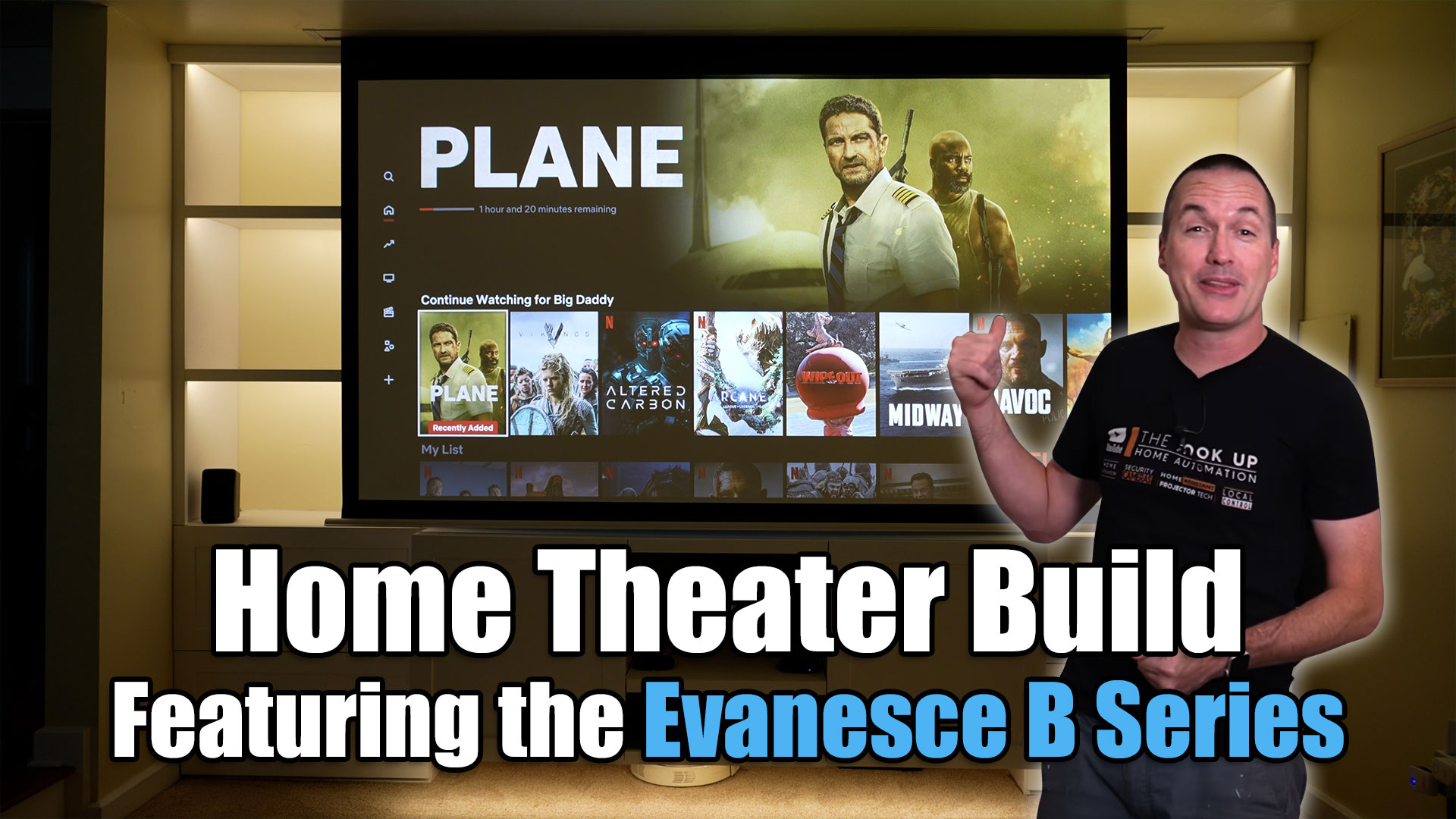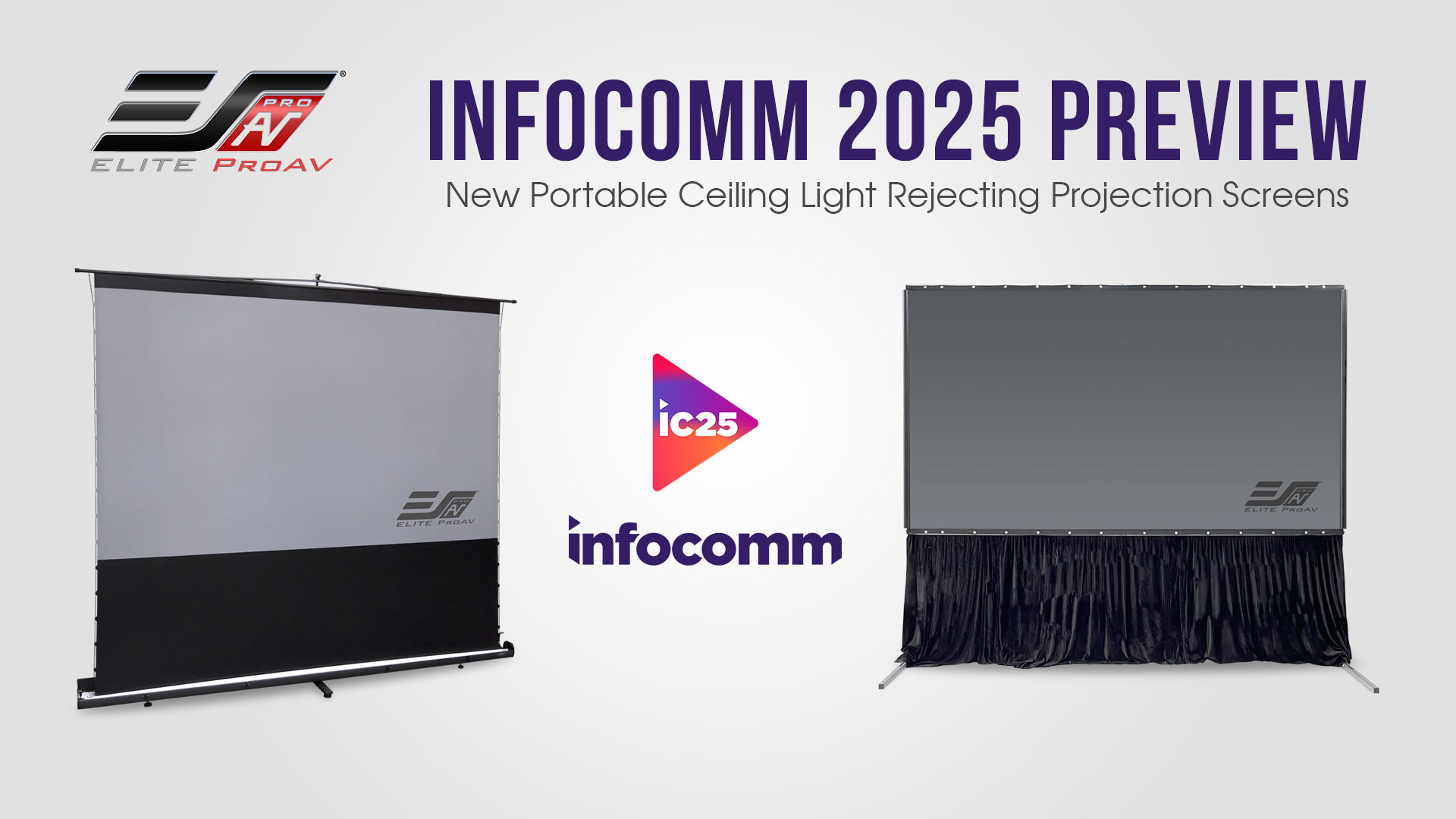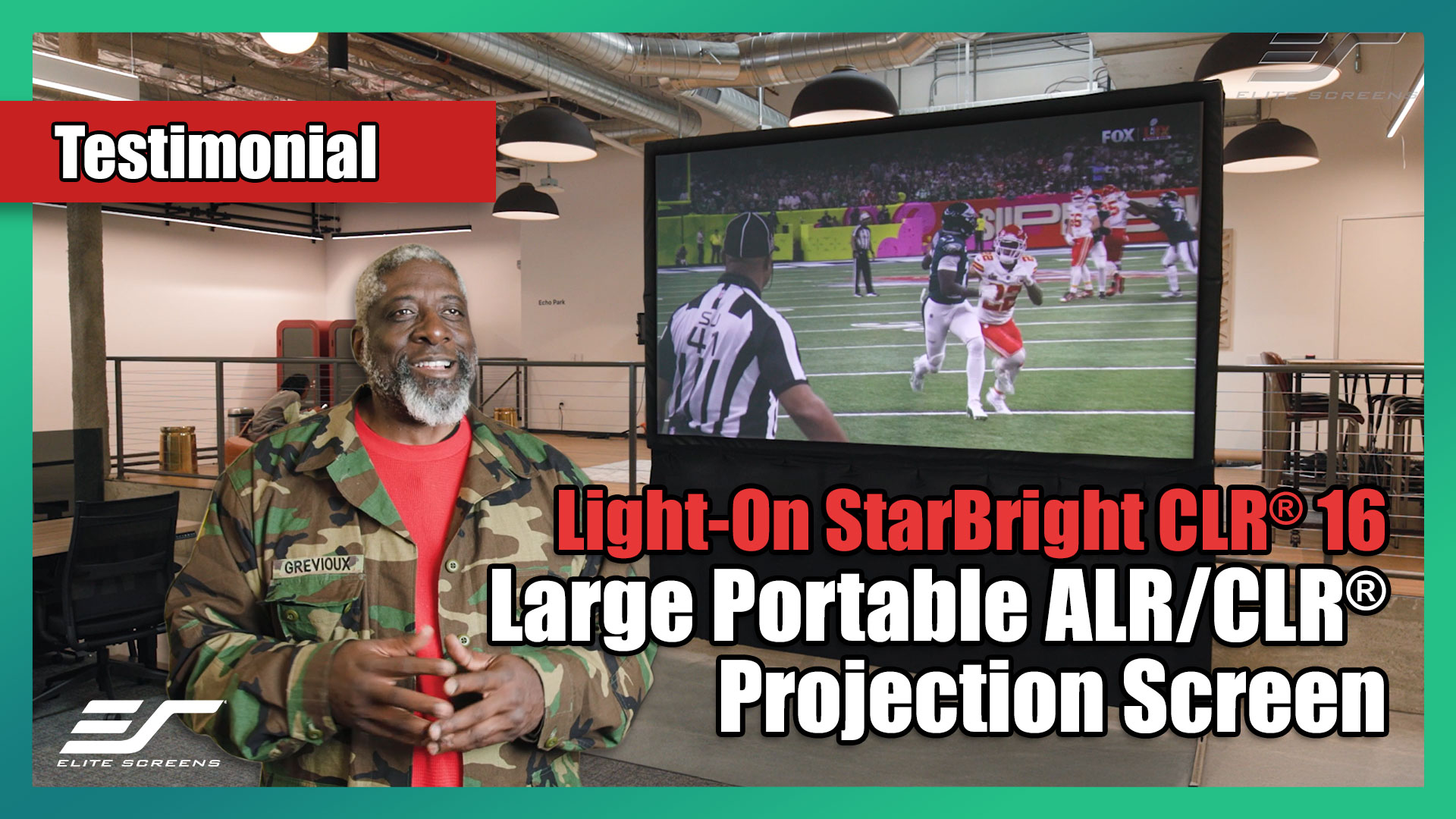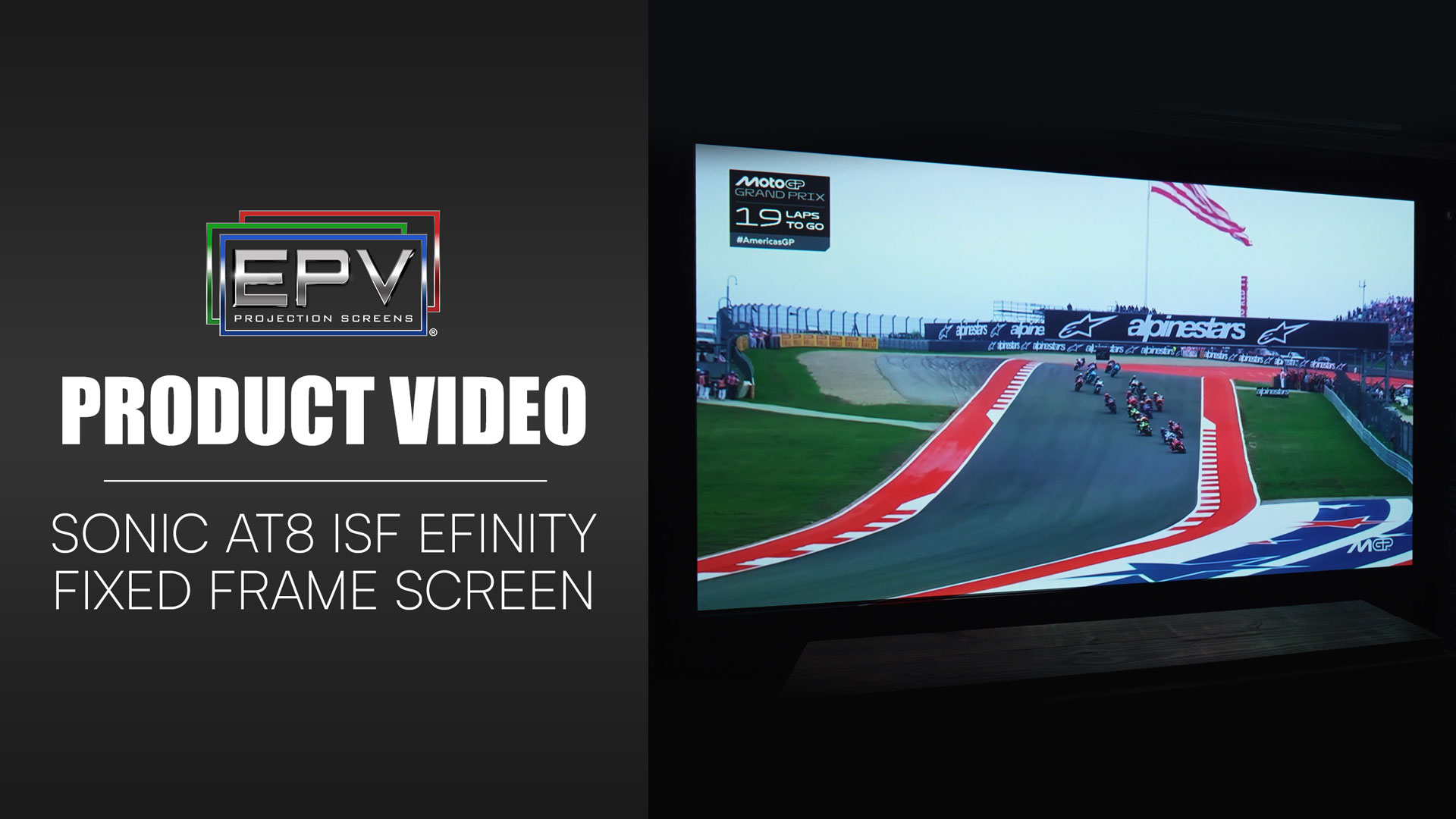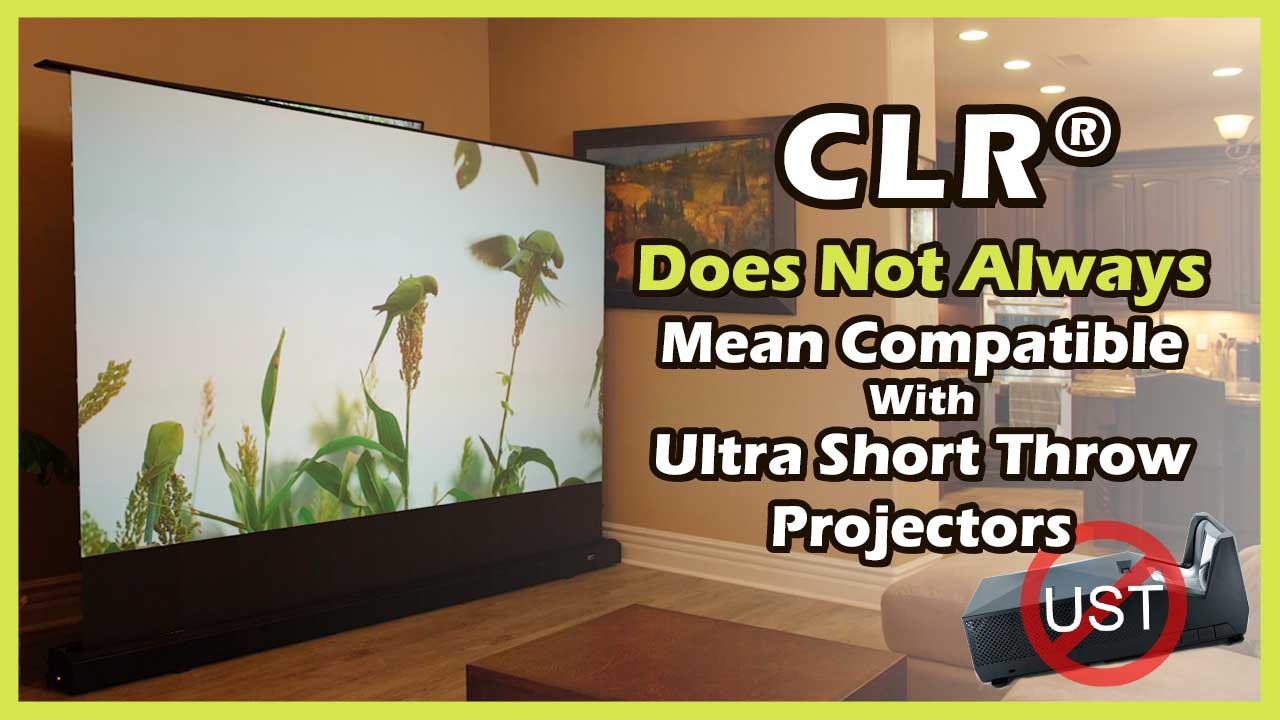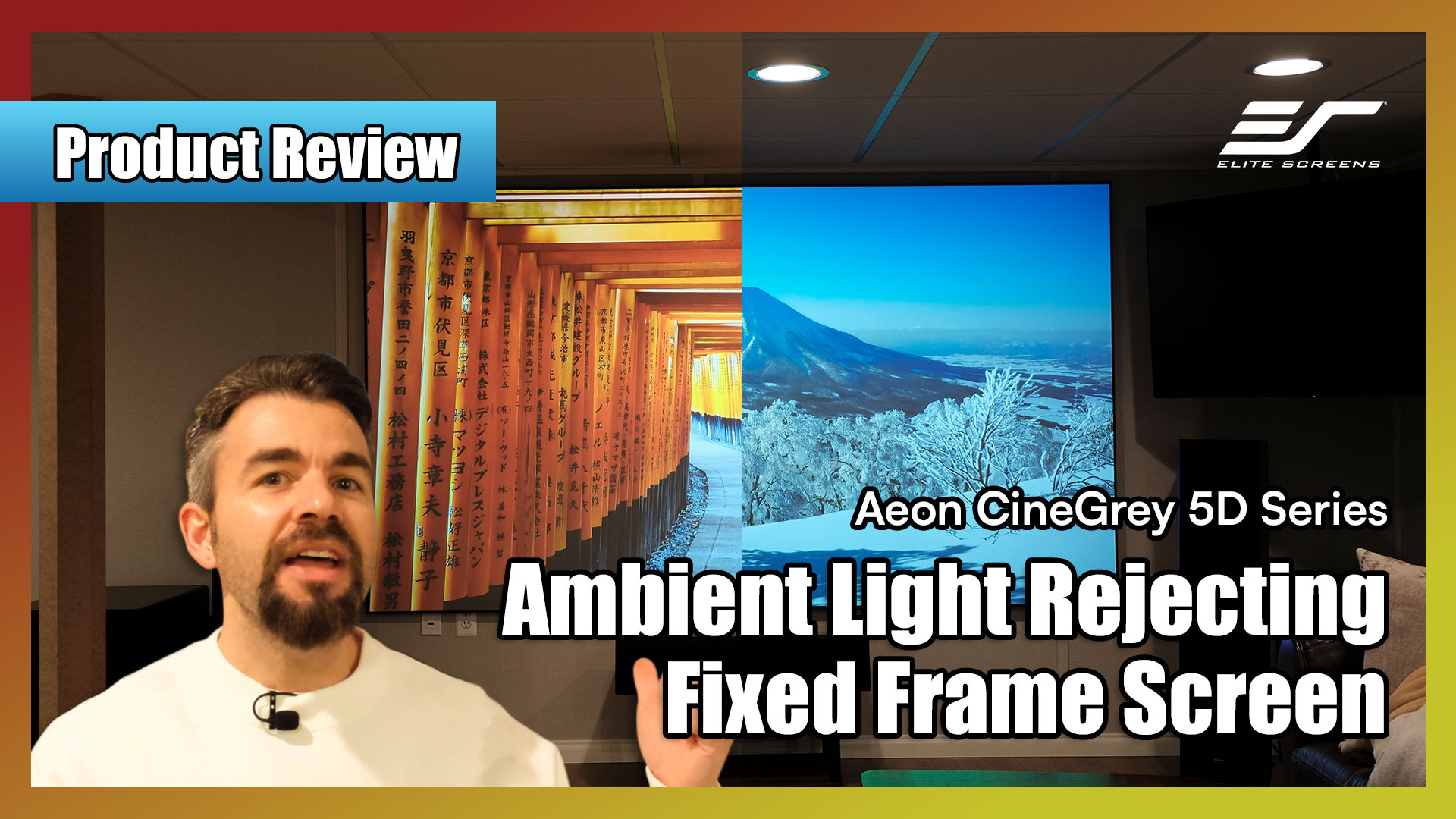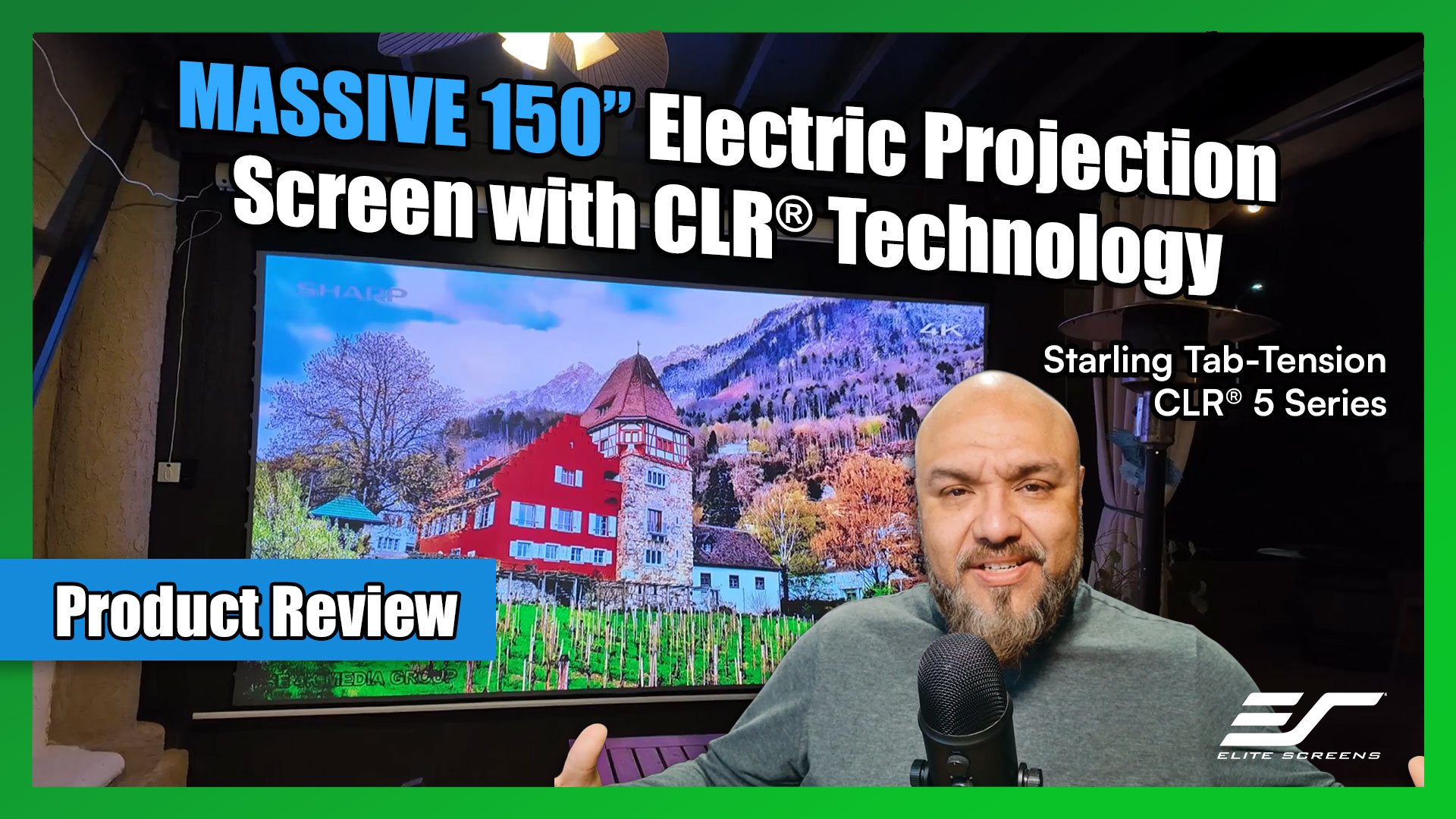This customer bought a projector and has been enjoying it but at the same time, he realizes that he’s missing out on a big part of the experience. Just like sipping champagne warm from a Dixie cup, what should be a pleasant experience is lost when all the favorable elements are not applied. In this case, the customer is getting the big screen experience, but the picture and its color quality leave much to be desired on account of the sub standard projection surface. This conversation covers the comparison in a nutshell.
- Cinegrey Screen comparison –
https://elitescreens.com/images/download/material/ComparisonTables/ALR_Screens_CompTable.pdf - Video on choosing a projection screen material –
https://elitescreens.com/elitetube/Selecting_a_screen_material_for_my_home_theater_cc_720.mp4
*The discussion below is based on actual chat transcripts with the omission of any personal/confidential material to protect the customer’s privacy. An example in this case is to change the contact’s identification name/number to “Customer” or a generic name.
Transcripts:
- [18:33] Customer: Hi
- [18:35] Johnny: Hello and thank you for contacting Elite Screens, how may I assist you today?
- [18:35] Customer: I have a few questions about your Aeon series
- [18:36] Customer: I’m new to projection screens so I don’t know.
- [18:36] Customer: I have a Sony vpl-hw45 projector
- [18:37] Customer: I use it at night on the walls. They are beige but not much light is in the room.
- [18:37] Customer: Can you give me some guidance on your cinegrey 3D/5D vs white screen
- [18:39] Johnny: I’m glad you are asking me about this because we don’t just sell a white sheet to project on; our materials are crafted to meet industry grade specifications. Projecting on the wall may work fine enough if you don’t mind bad color quality or the wall’s texture intruding into the projected image.
- [18:39] Johnny: Either the matte white or (ALR) Cinegrey 3D/5D materials will be good to use with this projector. Since you have control of your room lighting, the matte white will be fine. If you want to boost color/contrast and black level dynamic range, I would then recommend either of the CineGrey 3D/5D products. Here’s a great video to answer more questions https://elitescreens.com/elitetube/Selecting_a_screen_material_for_my_home_theater_cc_720.mp4
- [18:40] Customer: Ok, so I am not getting the tru projector quality of showing it on the wall?
- [18:40] Johnny: Correct, consider why you got a projector in the first place. It’s fun to have that bigger image and it’s fun because its similar to a big theater. Only, the image pops much more in a big theater.
- [18:41] Customer: Can ‘regular’ guys put this together or do you need to be mr. handyman?
- [18:42] Johnny: I would only recommend a handyman in a case like this if the person is so inept with tools, that they can’t even assemble a dresser from IKEA.
- [18:42] Johnny: Bottom line is that its easy and you can do it in about 45 minutes if you cautiously take your time.
- [18:42] Customer: ok
- [18:43] Customer: So the white material is the standard “use in a dark-ish environment”?
- [18:43] Customer: And the Cinegrey 3D and 5D (ALR) are for light or dark and improve performance either way?
- [18:43] Johnny: That is correct. Also, the 3D and 5D versions are merely differences in performance specs. The 3D is standard and the 5D has greater reflective capabilities. Here is a comparison of our various ALR and CLR materials: https://elitescreens.com/images/download/material/ComparisonTables/ALR_Screens_CompTable.pdf
- [18:43] Customer: Ok, thanks. I agree that the wall has texture and the beige color makes the image pretty dull.
- [18:43] Customer: I appreciate that. Thanks again.
- [18:44] Johnny: It was my pleasure. Thank you for your interest in Elite Screens, and hope you have a great day.
